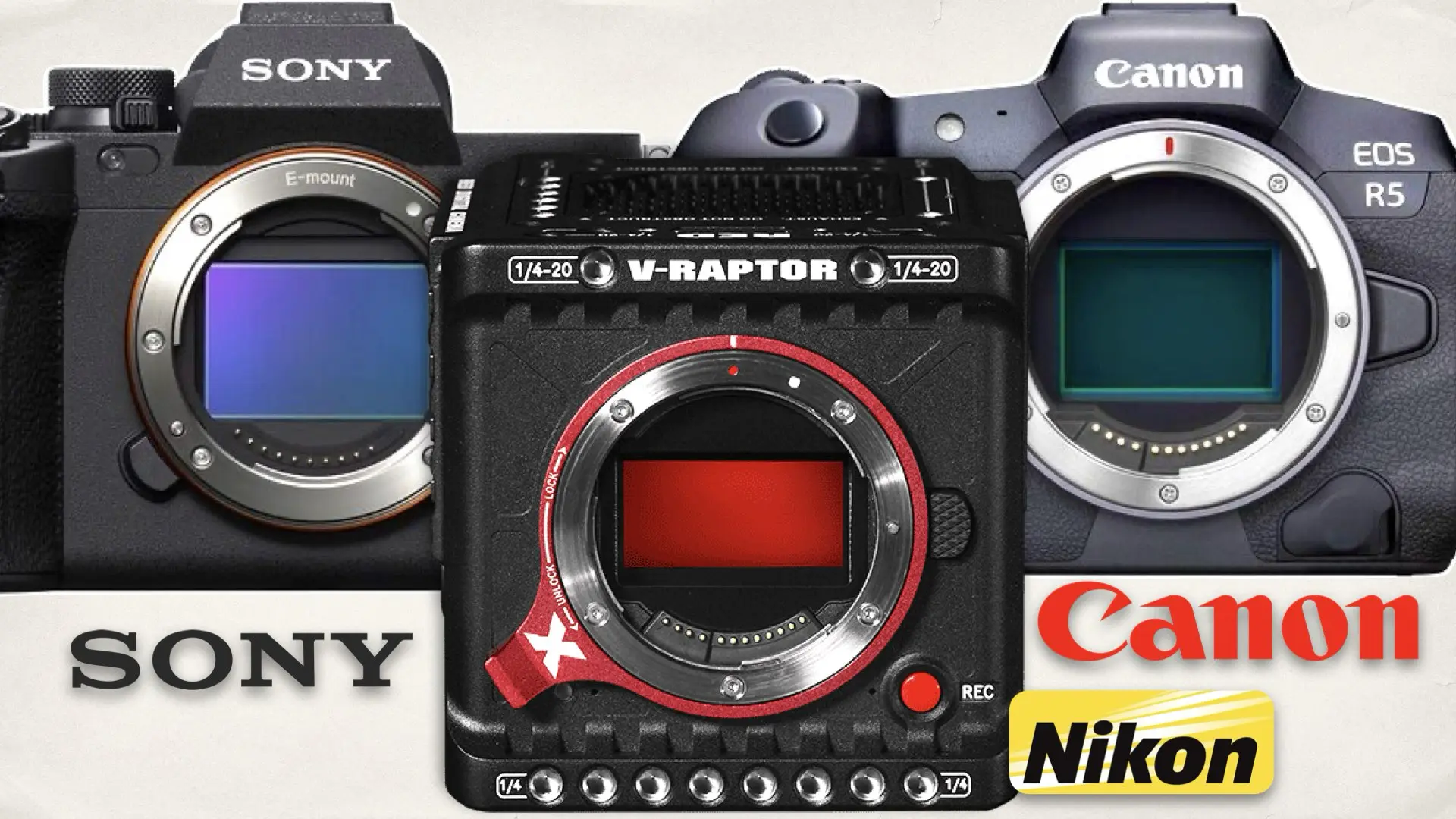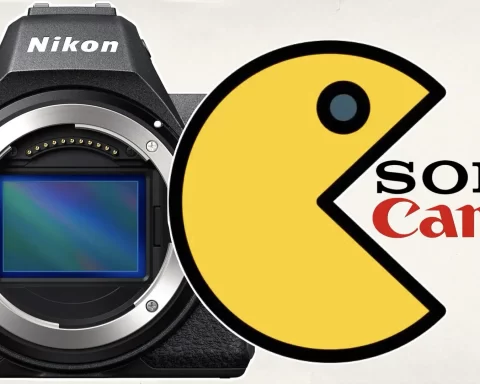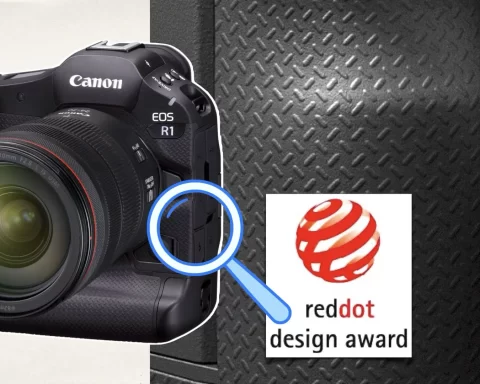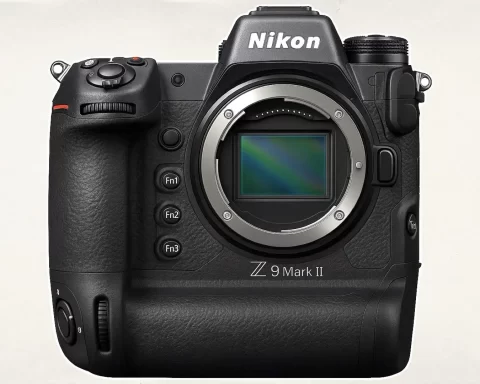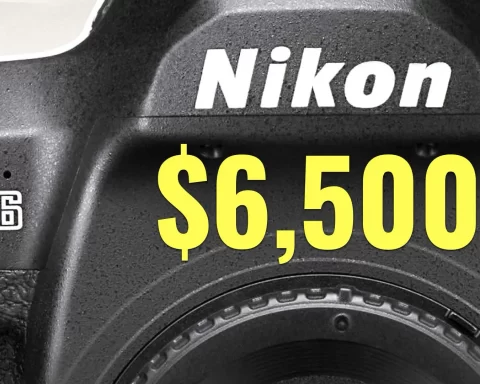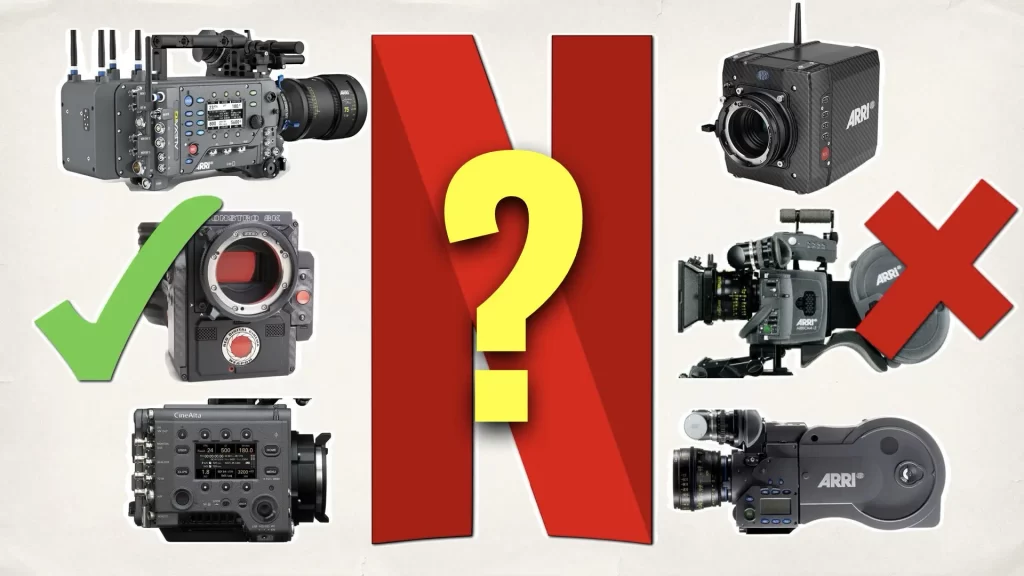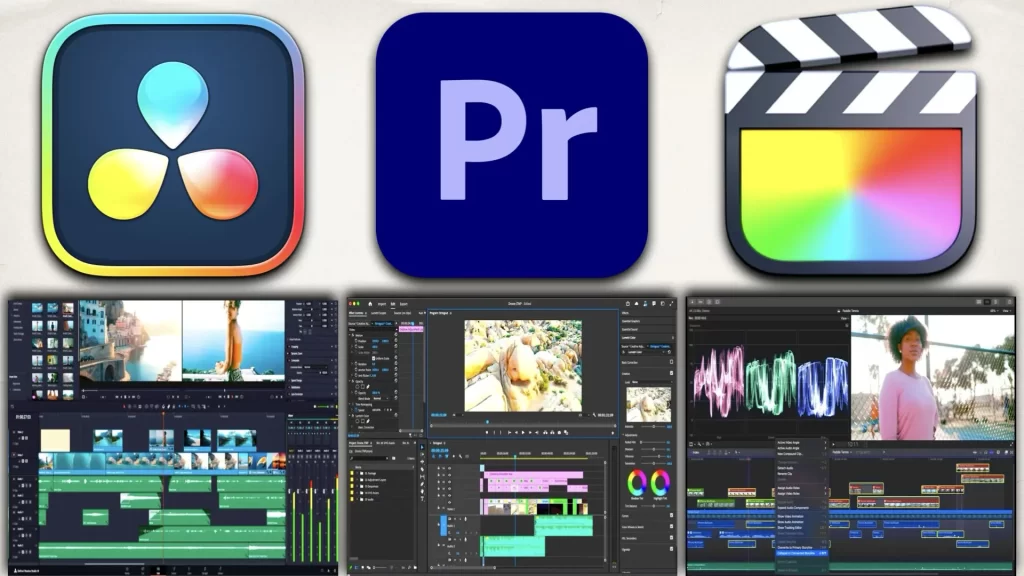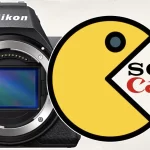The mirrorless camera market in 2024 has seen remarkable advancements and intense competition. Dominated by giants Sony, Canon, and Nikon, the race to win the favor of photographers and videographers has led to unprecedented innovations and shifts in market dynamics. Leveraging research and market data from top sources, this article dives into which cameras are topping the charts, how each brand is positioning itself, and what this means for the broader camera landscape.
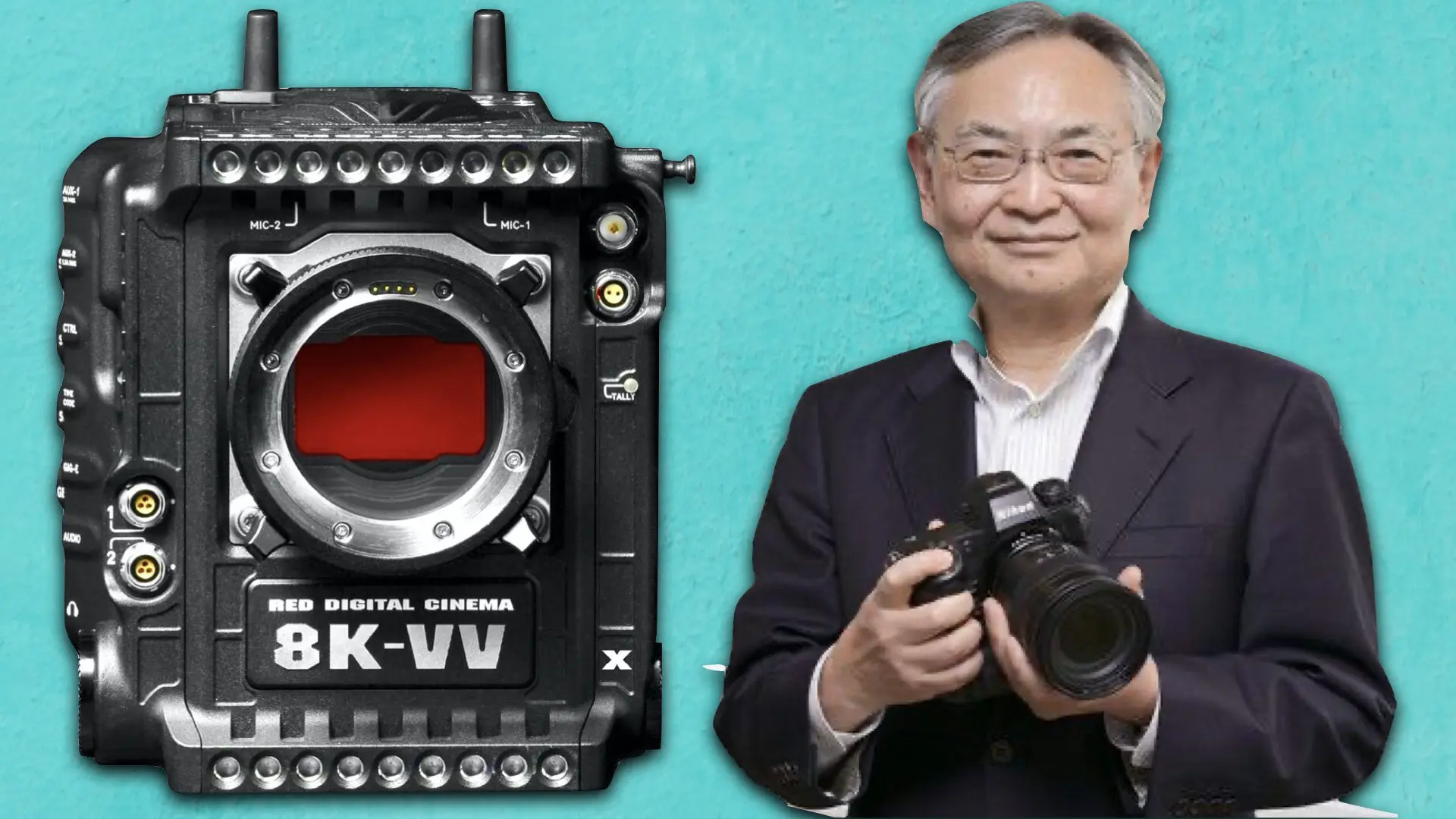
The front runners in the U.S. and japan
Sony’s Alpha series and Canon’s EOS R lineup are household names in the camera world, but Nikon is fast making strides to join this elite club. Data from Statista and BCN Rankings indicate that Sony continues to hold significant sway, particularly in Japan, where the compact, versatile design of the Sony Alpha 7 IV has struck a chord with users. The Alpha series has a track record of popularity, with models like the Sony Alpha 7 III leading in full-frame sales over the years, owing to its advanced capabilities in both photo and video applications. In the United States, Canon claims dominance, especially in overall units sold, supported by popular models like the Canon EOS R5 and R6 Mark II. Canon’s own statement about its market lead can be seen in this announcement from early 2024. This claim aligns with Circana/NPD data showing Canon’s stronghold in the entry and mid-level segments, thanks to its extensive lineup that spans from beginners to professionals. The Canon EOS R5 and R6 Mark II have specifically drawn in hybrid shooters who value robust performance for both still photography and video. On the other hand, Nikon has not only solidified its reputation among photography professionals but also revealed its ambition to enter the cinema camera market. Earlier this year, Nikon hinted at its cinema camera aspirations in our article, positioning itself as a future competitor in high-end videography. The Nikon Z8 and Z9, two of its mirrorless stars, have been favorites among professional photographers and cinematographers for their impressive dynamic range and speed.
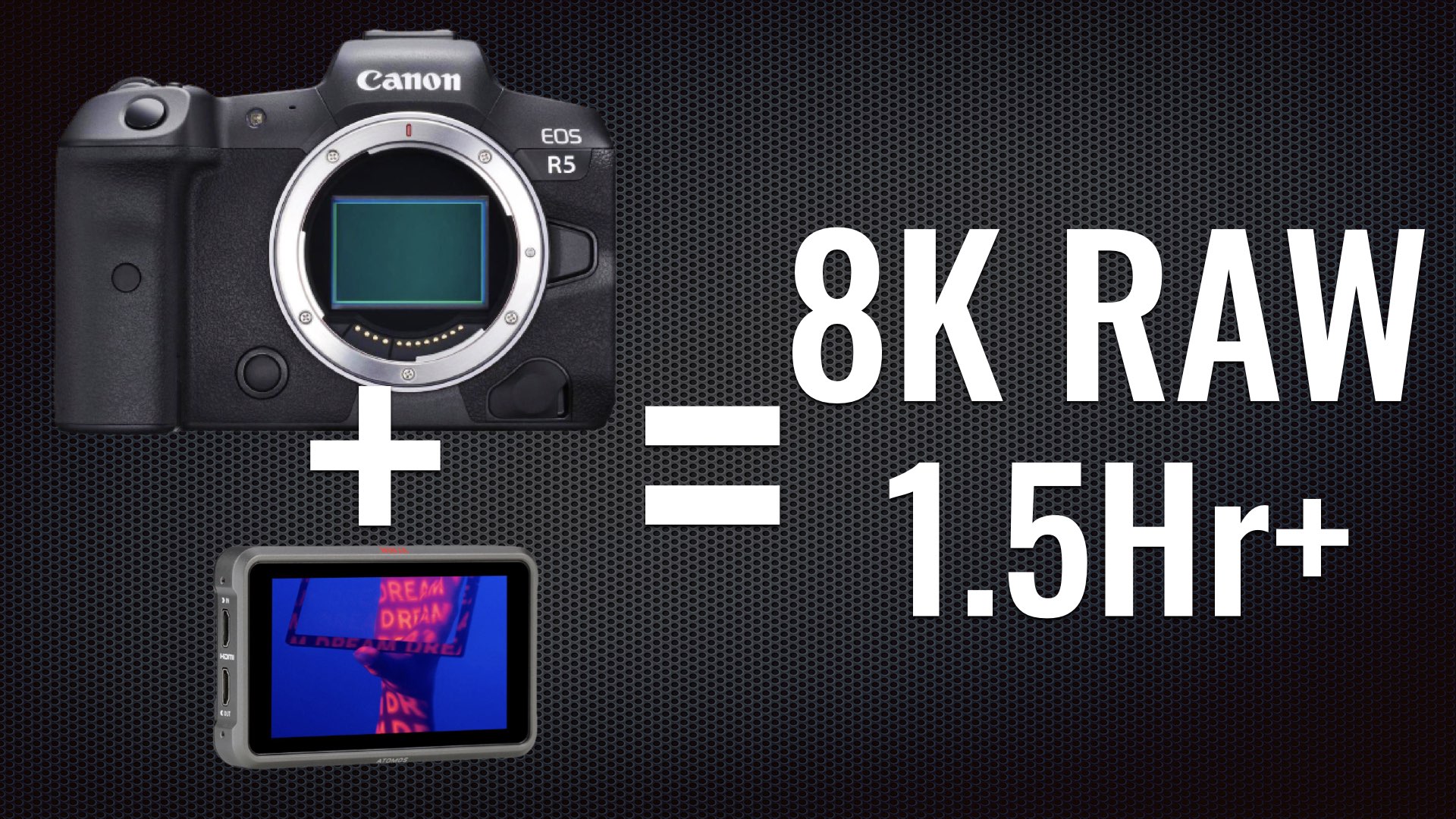
Sony’s Strategy: Leading in full-frame performance and popularity
Sony has secured a strong market position by consistently prioritizing high-quality video capabilities and a vast lens ecosystem that appeals to videographers and photographers alike. The Sony Alpha 7 IV, often a best-seller globally, maintains its appeal as an ideal camera for professionals needing flexibility without sacrificing quality. Sony’s focus on innovation is apparent with features like real-time tracking autofocus and high-speed continuous shooting, making it a top choice for both action and portrait photographers. In Japan, Sony’s dominance is supported by monthly rankings from BCN Retail, which consistently lists the Alpha series as a leader in the mirrorless market. Its continued success is a testament to Sony’s understanding of what the market demands: portability, high performance, and reliability. For the U.S. market, Sony retains a firm grip on the high-end market segment, where professionals prefer the brand’s powerful full-frame lineup.

Canon’s broad appeal and market expansion
Canon’s mirrorless strategy has taken a slightly different path from Sony, aiming for a more extensive consumer base. With market share claims in early 2024, Canon has shown how a varied product lineup can capture photographers at all levels. Canon’s offerings range from advanced cameras like the Canon EOS R5 and R6 Mark II, which cater to professionals, to more budget-friendly options that are ideal for enthusiasts and casual shooters. Canon’s EOS R lineup, especially the EOS R5, is particularly popular in the United States, where its ability to shoot high-resolution stills and 8K video resonates with content creators. Canon’s approach to supporting a broad audience has helped it lead in unit sales and maintain a stronghold in the U.S. The company’s investment in R&D and close attention to consumer demands reinforce its reputation as a reliable, adaptable brand.
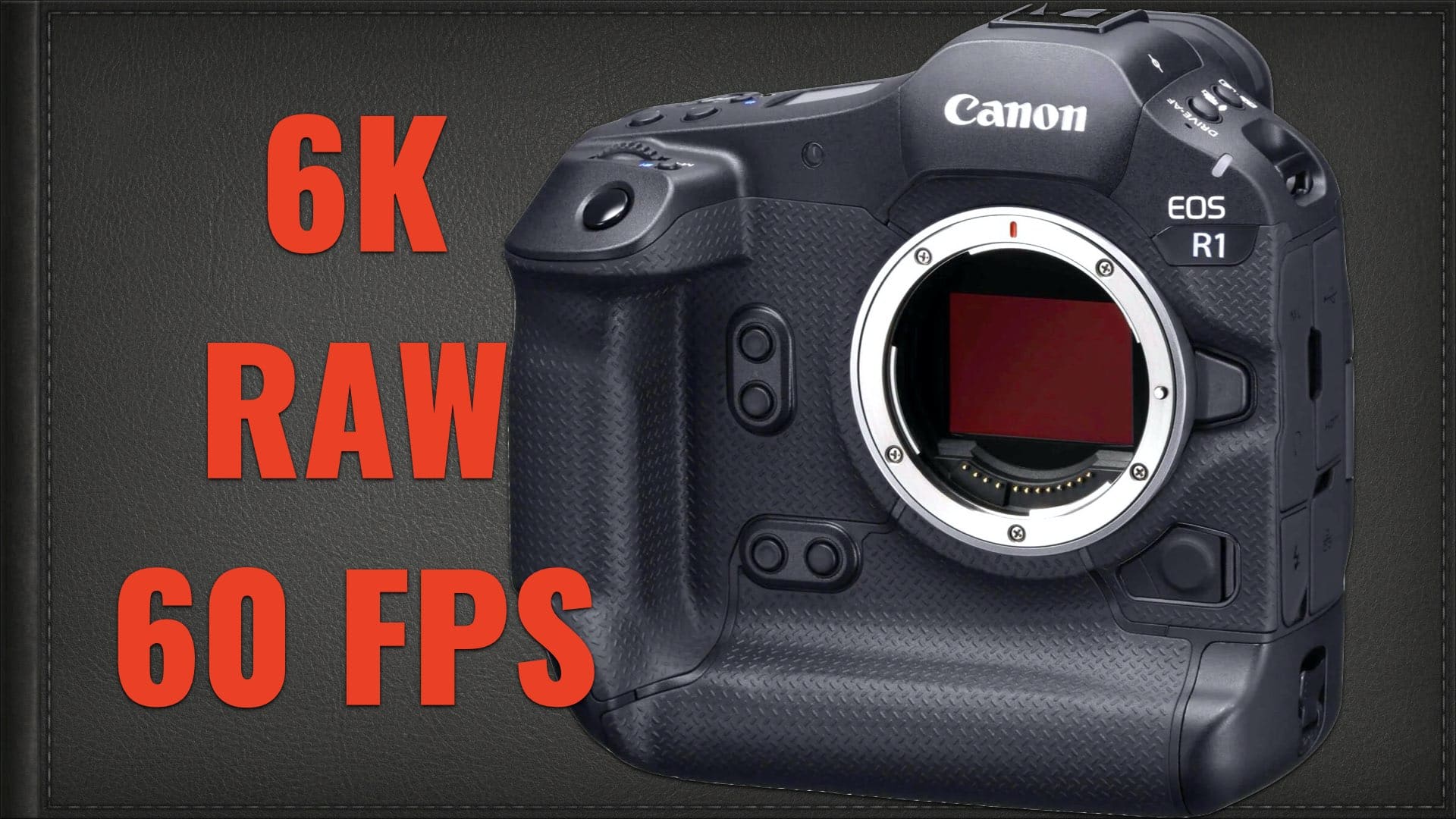
Nikon’s focus on professional quality and new directions
Nikon, while historically focused on DSLRs, has pivoted toward mirrorless technology with high-end, high-spec models that appeal to niche audiences. Cameras like the Nikon Z9 and Z8 have garnered attention for their robust build, impressive low-light performance, and advanced video options, especially among photographers who favor Nikon’s trademark ergonomic design and imaging quality. Interestingly, Nikon’s growth this year includes an interest in cinema cameras, a direction hinted at in our coverage. This potential shift would open new doors for Nikon, allowing it to compete more directly in the cinematic realm, where Canon and Sony already have strong footholds.

Most popular cinema cameras and market crossovers
Mirrorless cameras often overlap with cinema cameras in terms of video capabilities, and several models are regularly used in professional film environments. Our piece, “The Most Popular Cinema Cameras“, explored some of these crossovers, with Sony and Canon models frequently appearing in both photography and cinema settings. For instance, Canon’s R5 and R6 are commonly used by content creators and indie filmmakers, while Sony’s Alpha series remains a favorite for video projects that require high-quality, budget-friendly equipment.
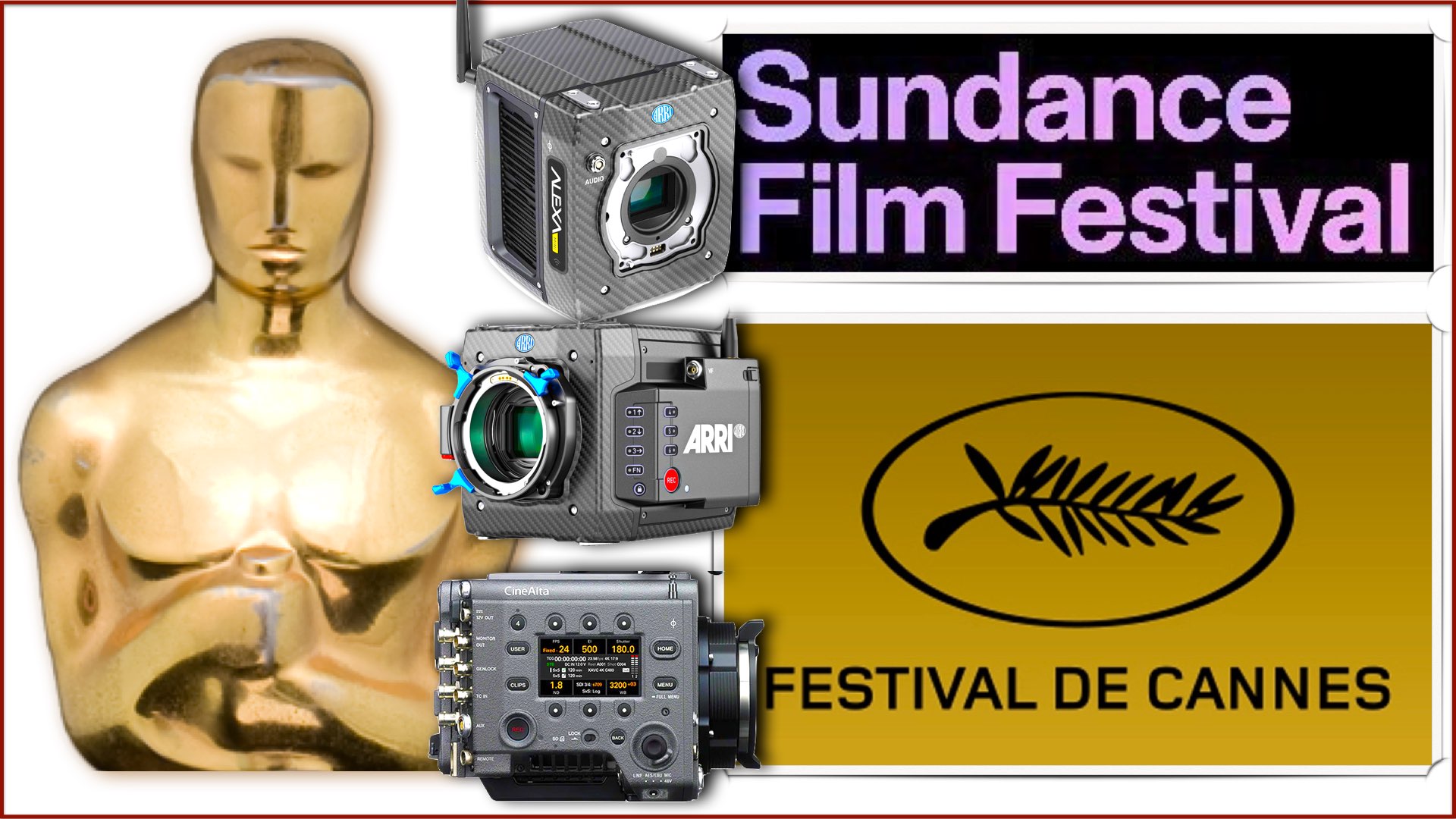
Wrapping up
In summary, the mirrorless camera market in 2024 reflects each brand’s unique strengths: Sony’s performance-driven full-frame models hold a strong lead in Japan, Canon dominates in the U.S. with a broader product range, and Nikon stands as a specialized competitor targeting professionals and cinematographers. With developments like Nikon’s potential cinema expansion and the consistent popularity of cameras like Sony’s A7 IV, the competition among these giants will continue to shape the future of digital imaging.

